Market Share
Carry Deck Crane Market Share Analysis
Carry Deck Crane Market is a highly contested space with companies participating in different positioning strategies so as establish themselves while gaining competitive advantage from other players. Differentiation is still one common strategy adopted by firms where focus is laid on unique features aimed at making products distinct from those offered by other entities. By providing novel styles designs having enhanced lifting capacities combined with technological advancements in them; sellers are hoping to attract buyers looking only limited options thus helping find niche areas for certain customers whom they can charge more than rivals thereby raising profits significantly.
Other strategies also involve cost leadership with companies aiming at being the lowest cost producers in the Carry Deck Crane market. This involves efficient production, economies of scale, and effective supply chain management to reduce overall costs. By offering products at competitive prices without compromising quality, firms can attract price-sensitive customers and gain more of the market. Cost leadership is particularly successful in markets where affordability and standardized features are given priority over unique functionalities.
In addition to product-focused strategies, there is also a need for customer-centric approaches when it comes to market share positioning in the Carry Deck Crane market. Customer satisfaction can be enhanced through excellent customer service provision, after-sales support, and warranty options thus increasing brand loyalty perception from customers’ end. Customers who are satisfied are likely repeat buyers besides serving as advocates for such brands therefore contributing towards an increase in market share through word-of-mouth recommendations and positive reviews.
To be competitive in the Carry Deck Crane business, innovation is essential. Research and development to add features, boost performance, and satisfy industry standards helps companies fulfill changing client needs. It attracts new customers and encourages current ones to upgrade to newer models, increasing its own demand over time.

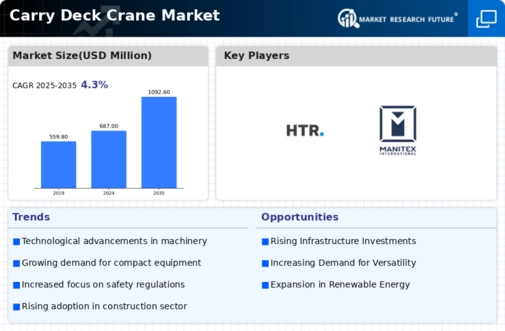
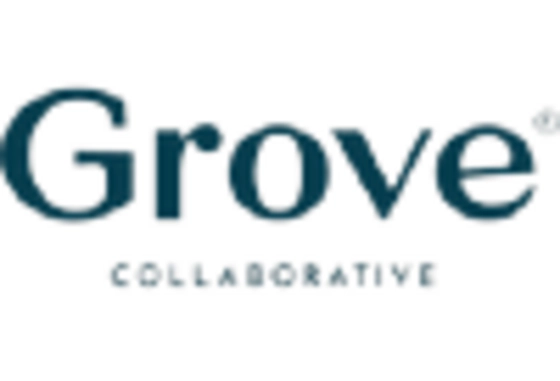
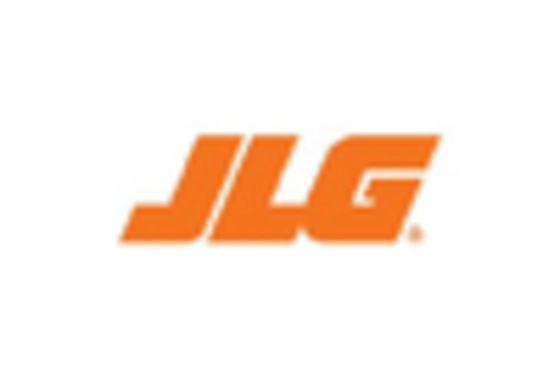

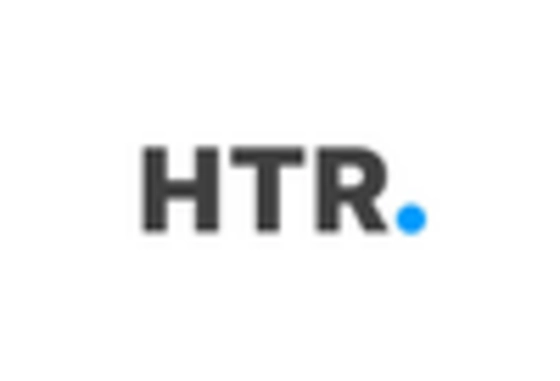
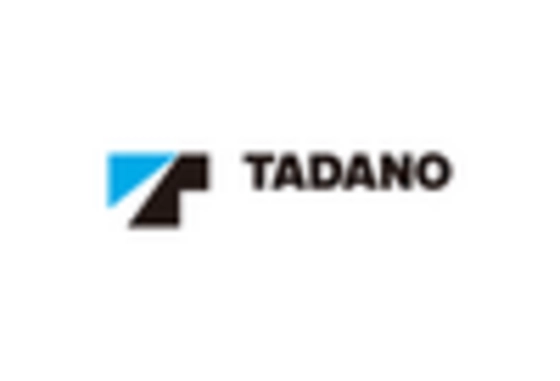
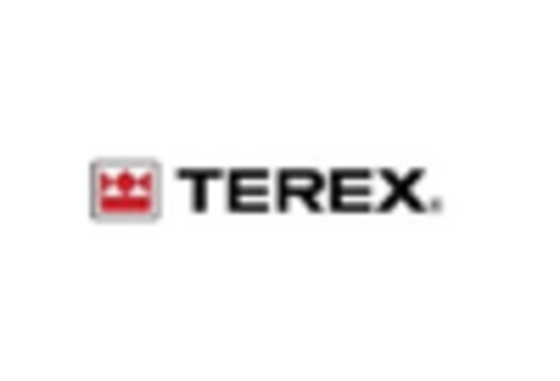

Leave a Comment